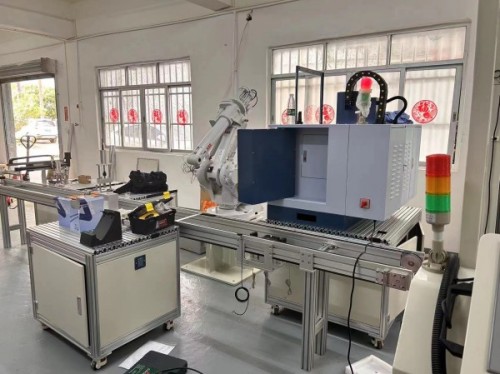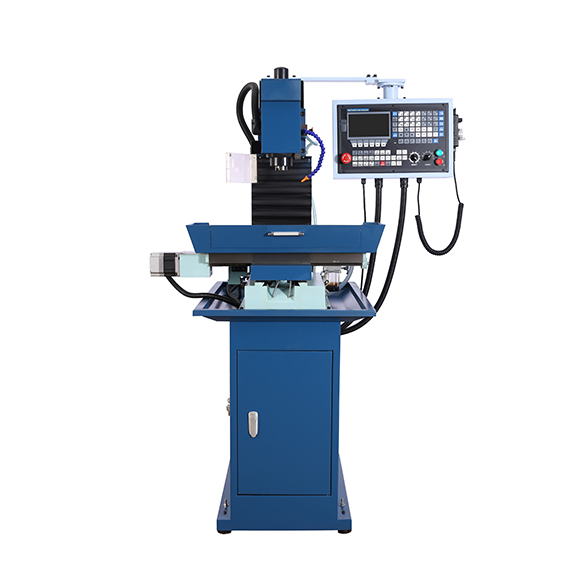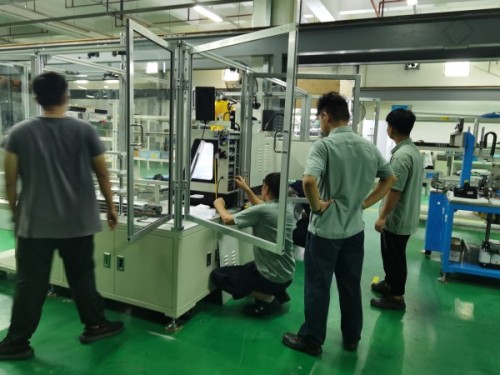Blog
Xendoll has 22 years of experience in the production of small machine tools. We will help you choose the suitable machine and share our experience in CNC machining with you.
 Oct 12, 2024
Oct 12, 2024
 Xendoll
Xendoll
 964
964
CNC (Computer Numerical Control) milling machines play a pivotal role in contemporary manufacturing, delivering high precision and efficiency across various applications. Among these, 3-axis, 4-axis, and 5-axis CNC milling machines are the most prevalent. Grasping the distinctions among them is crucial for manufacturers aiming to choose the most suitable machine for their projects.

3-axis CNC milling machines operate along three linear directions: X, Y, and Z. The cutting tool moves in the horizontal plane (X and Y axes), while the vertical motion occurs along the Z axis. This configuration is ideal for straightforward designs and flat surfaces, making it perfect for basic machining tasks.
Key Benefits:
- User-Friendly: Simple to set up and operate, ideal for beginners.
- Cost-Effective: Generally more affordable compared to their more complex counterparts.
- Suitable for Flat Parts: Excellent for machining components like plates and brackets.
Drawbacks:
- Limited Design Capability: Not suitable for intricate designs or complex contours.
- Manual Setup Needs: Often requires hands-on adjustment for specific tasks.

A 4-axis CNC milling machine introduces an additional rotational axis, typically referred to as the A-axis. This enhancement allows the workpiece to rotate, enabling the machine to handle more complex shapes and features that a 3-axis machine may struggle with. It's particularly useful for machining cylindrical parts and intricate engravings.
Advantages:
- Improved Versatility: Can create more complicated shapes and angles.
- Time Efficiency: Reduces the number of setups required, streamlining production.
- Great for 3D Features: Well-suited for machining grooves and slots.
Limitations:
- Higher Investment: Increased complexity leads to a higher price point.
- Learning Curve: Requires skilled operators for optimal usage.

5-axis CNC milling machines are the most sophisticated in this lineup, allowing for simultaneous movement across all five axes. The extra two axes can be either rotational or linear, offering unmatched flexibility and precision. This capability is essential for manufacturing highly intricate parts, such as those used in the aerospace and medical industries.
Benefits:
- Exceptional Precision: Provides unparalleled detail and accuracy in machining.
- Ability to Create Complex Geometries: Can produce parts with intricate designs that are challenging for other machines.
- Reduced Setup Frequency: Minimizes the need to reposition the workpiece, enhancing workflow efficiency.
Challenges:
- Significant Cost: The advanced technology comes at a premium price.
- Complex Operation Requirements: Demands advanced programming skills and experienced operators.
Conclusion
Selecting the appropriate CNC milling machine hinges on the specific needs of your projects. For simpler operations, a 3-axis machine may be adequate. If your work involves more complex shapes, a 4-axis machine could be beneficial. However, for tasks requiring high precision and intricate designs, a 5-axis CNC milling machine stands out as the optimal choice. By understanding these variations, manufacturers can make informed decisions that enhance productivity and efficiency in their operations.



 Show all our samples
Show all our samples
 Provide you with a free quote
Provide you with a free quote
 Answer all the questions you may have
Answer all the questions you may have
 Guided installation and other options
Guided installation and other options